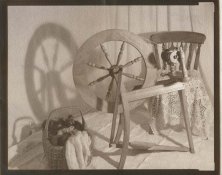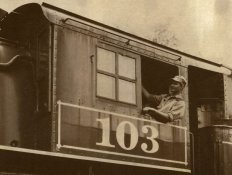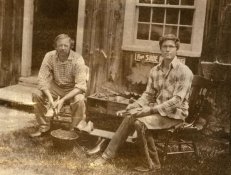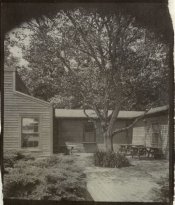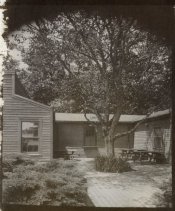ronlamarsh
Member
I have just done some testing on Arista EDU Ultra 400 in 5X7 and have found it has a very pronounced shoulder that prevents me from getting densities beyond about 1.77 and this is with ansco 47 which in my estimation is about a 1/2 step below D-19. With it(ansco 47) I was able to make bullet proof negatives with the EDU ultra 200 but not the 400. So I am casting about for a different combination. Price is always an issue for me so what about EDU ultra 100 , EFKE PL100?





